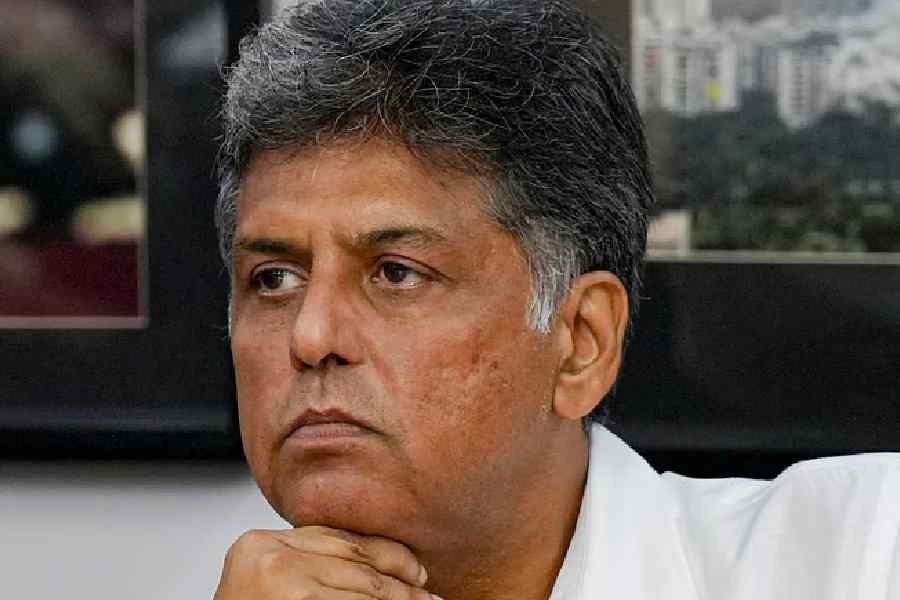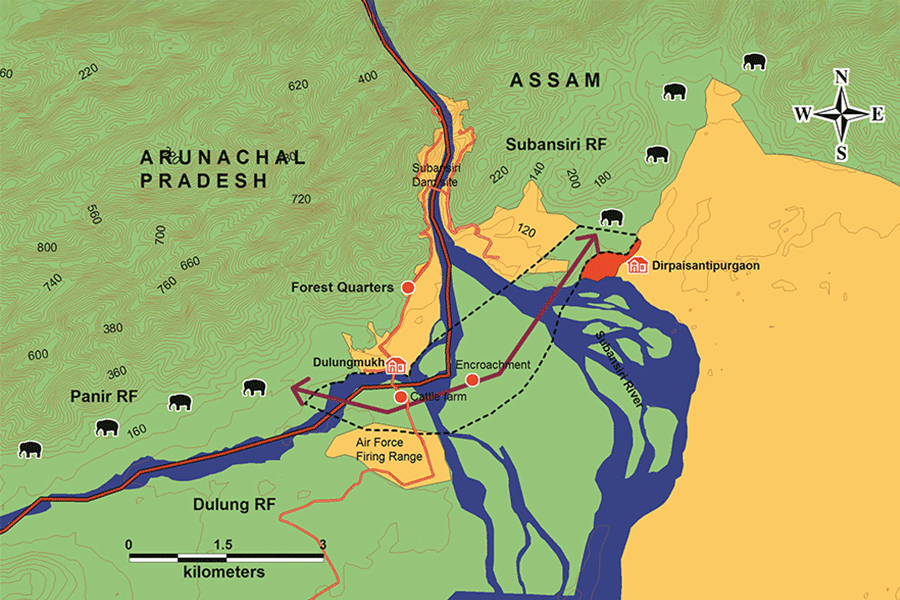And the word is “mama”. It’s not exactly the expansive dialogue in this year’s Kingdom of the Planet of the Apes. But the finding, published in Scientific Reports, may offer important clues as to how speech evolved. The researchers argue that our common ancestors with chimpanzees had brains already equipped with some of the building blocks needed for talking.
Adriano Lameira, an evolutionary psychologist at the University of Warwick in Britain and one of the authors of the study, said the ability to speak is perhaps the most important feature that sets us apart from other animals. Talking to each other allowed early humans to cooperate and amass knowledge over generations.
“It is the only trait that explains why we’ve been able to change the face of the earth,” Lameira said. “We would be an unremarkable ape without it.”
Scientists have long wondered why we can speak and other apes cannot. Beginning in the early 1900s, that curiosity led to a series of odd — and cruel — experiments. A few researchers tried raising apes in their own homes to see if living with humans could lead the young animals to speak.
In 1947, for example, psychologist Keith Hayes and wife Catherine adopted an infant chimpanzee. They named her Viki, and, when she was five months old, they started teaching her words. After two years of training, the couple claimed, Viki could say “papa”, “mama”, “up” and “cup”.
By the 1980s, many scientists had dismissed the experiences of Viki and other adopted apes. For one, separating babies from their mothers was likely traumatic. “It’s not the sort of thing you could fund anymore, and with good reason,” said Axel Ekstrom, a speech scientist at the KTH Royal Institute of Technology in Stockholm, Sweden.
Ethics aside, the adoption experiments did not result in fluent speech. The animals struggled to make even simple sound patterns.
That gulf in human and ape abilities fuelled a debate: were chimpanzees unable
to speak because of their vocal anatomy, or because of their brains?
Philip Lieberman, an anthropologist at Brown University in the US, made a forceful case for the vocal tract. He observed in 1969 that the human larynx and tongue are lower in the throat than they are in other primates. Lieberman, who died in 2022, argued that this anatomical shift allowed people to make the range of sounds required for speech.
But in 2016, a team of scientists made X-ray movies of vocalising monkeys and found that the primate vocal tract was actually “speech ready”. That led some researchers to consider whether the ape brain lacked something essential for speech.
Some studies suggest that the human brain is exceptional because it can send coordinated commands to the jaw and throat. That evolutionary step may have allowed our ancestors to combine consonants and vowels into syllables, which could then be combined into words. And humans, unlike the vast majority of other animals, can learn new sounds from others.
But the authors of the new study suspected that the apes were underestimated. In his own research on orangutans, Lameira has become convinced that apes are capable of learning how to vocalise sounds. Wild orangutans in neighbouring groups make different calls, for example. In zoos, they have learned how to imitate a janitor’s whistle.
Ekstrom also wondered if scientists had been too quick to brush off the adoption experiments as failures. No one had ever analysed the sounds that Viki and other chimpanzees made.
He began hunting for recordings. Eventually Ekstrom discovered that Viki appeared in a 1959 documentary. In the movie, the young chimp seems to say “papa” three times and “cup” once.
Ekstrom recorded himself saying “papa” and “cup”, and then compared his voice to Viki’s. Each time she said “papa”, she produced the same sound pattern, suggesting that she had indeed learned to say something new.
But as Ekstrom reported last year, Viki’s version of “papa” was fundamentally different from his own. She only made two popping “puh” sounds, without any vowels. She said “cup” in the same way, making only a “c” sound followed by a “p”. “That’s not very convincing if you’re trying to say, ‘Look, this chimp has learned to speak’,” Ekstrom said.
Ekstrom and Lameira teamed up to look for more recordings. They found a YouTube video of a chimpanzee named Johnny who had lived at the Suncoast Primate Sanctuary in Palm Harbor, Florida, US. In the video, anonymously uploaded in 2007, Johnny appears to say “mama” in response to a woman’s encouragement.
Nancy Nagel, a sanctuary board member for 30 years, confirmed that the chimpanzee in the video was Johnny. “He would say a very hoarse ‘mama’,” she said in an interview. “That’s all he ever said.”
Ekstrom and Lameira then found a 1962 newsreel featuring a chimpanzee in Italy named Renata. She also uttered something that sounded like “mama”.
In the new study, the scientists analysed how Johnny and Renata said the word. Their sounds more closely resembled Ekstrom’s version of “mama”. Unlike Viki, Johnny and Renata could add a vowel after a consonant.
NYTNS











